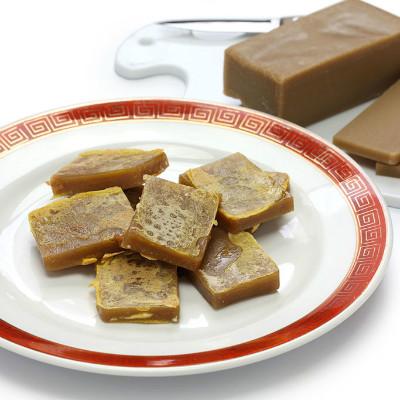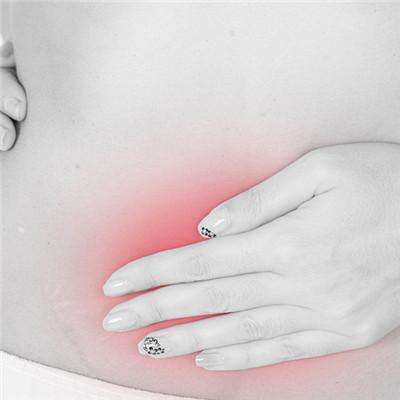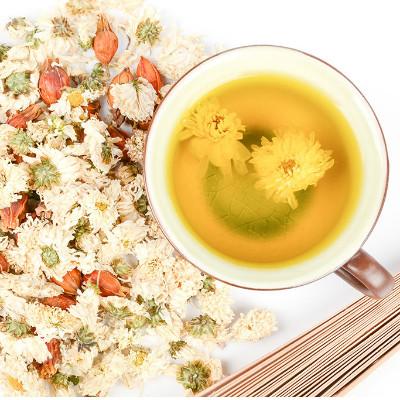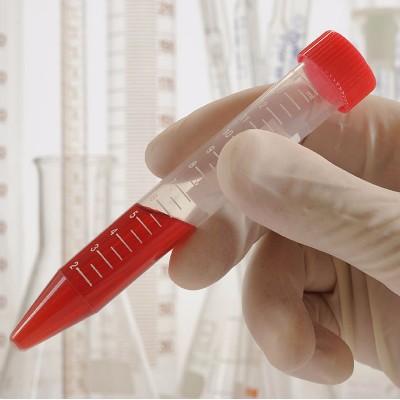What symptom does lung bronchus infection have
summary
Bronchiectasis refers to the chronic abnormal expansion of the bronchus larger than 2 mm in diameter due to the destruction of the muscle and elastic tissue of the tube wall. The main pathogenic factors were bronchial infection, obstruction and traction, and some of them were congenital developmental disorders and genetic factors. Patients with measles, pertussis or bronchopneumonia history, or tuberculosis, endobronchial tuberculosis, pulmonary fibrosis history.. According to the clinical manifestations and the presence of fixed and persistent local rough rales in the lungs, a preliminary diagnosis can be made. Clinical symptoms can be shown as follows.
What symptom does lung bronchus infection have
Symptoms 1: chronic cough, a lot of sputum, less than 10 ml per day for mild; 10-150 ml for moderate; more than 150 ml for severe. In the acute episode of infection, the amount of yellow green sputum increased significantly, reaching hundreds of milliliters per day. After the sputum was placed, it was divided into three layers: the upper layer was foam, the lower part was purulent, the middle layer was cloudy mucus, and the lower layer was the necrotic tissue sediment.

Symptom 2: repeated coughing, 50% - 70% of patients have different degrees of hemoptysis, which can be blood in sputum or massive hemoptysis. The amount of hemoptysis is sometimes inconsistent with the severity of the disease and the scope of the lesion. Some lesions occurred in the upper lobe of the "dry bronchiectasis" patients, repeated hemoptysis is the only symptom.

Symptom 3: repeated pulmonary infection and delayed healing, chronic infection and poisoning symptoms, manifested as fever, fatigue, loss of appetite, emaciation, anemia, etc. At this time, control of pulmonary infection is the main treatment. According to the clinical manifestations and sputum culture results, effective antibiotics can be selected.
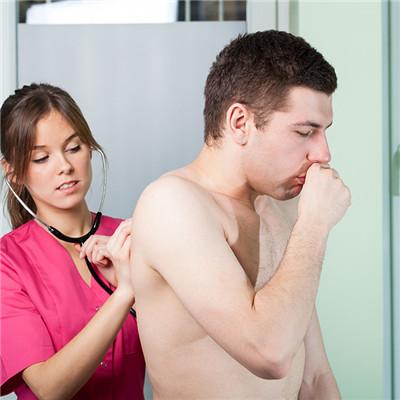
matters needing attention
Cough a large number of thick sputum sputum to clean up the respiratory tract in time, to prevent sputum blockage of the respiratory tract caused by asphyxia. Keep indoor air circulation. Diet should pay attention to eat more high calorie, high protein, vitamin rich food, avoid cold food and cough, eat less and eat more.
